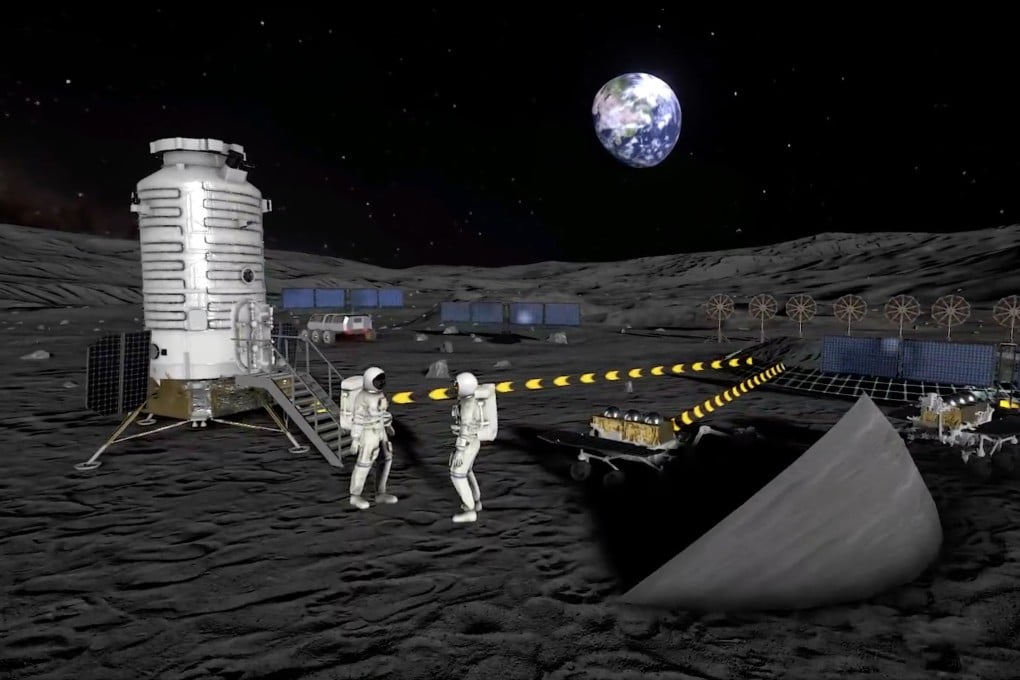Advertisement
Western companies drawn to China’s lunar research station project
- Hawaii-based organisation and Swiss aerospace start-up reach agreements with Deep Space Exploration Laboratory in Anhui province
- The lab is leading the Chinese space agency’s programme to build a permanent base at the moon’s south pole
Reading Time:2 minutes
Why you can trust SCMP
2

Ling Xinin Ohio
The China-led International Lunar Research Station (ILRS) project to build a base at the moon’s south pole has attracted two private sector partners from the West.
The Deep Space Exploration Laboratory in southeast China said it reached agreements last month with a company based in Hawaii as well as a Swiss start-up.
The two companies, which are also involved in the US-led Artemis programme, showed great interest in taking part in China’s deep space exploration projects, the laboratory said on its official WeChat account.
Advertisement
The lunar research station and Artemis programmes both intend to land people on the moon by the end of this decade, though the US Congress has restricted bilateral collaboration between Nasa and its counterpart the China National Space Administration.
Steve Durst, chairman of the International Lunar Observatory Association (ILOA), signed a letter of intent for ILRS-related collaboration with the lab in Hefei, Anhui province, during a visit to Beijing on June 28, said the announcement on WeChat.
Advertisement
Durst spoke highly of China’s achievements in lunar exploration and thanked the lab for its open attitude and invitation to join the Chinese lunar project during a meeting with deputy director Hu Chaobin, the laboratory said.
Advertisement
Select Voice
Choose your listening speed
Get through articles 2x faster
1.25x
250 WPM
Slow
Average
Fast
1.25x